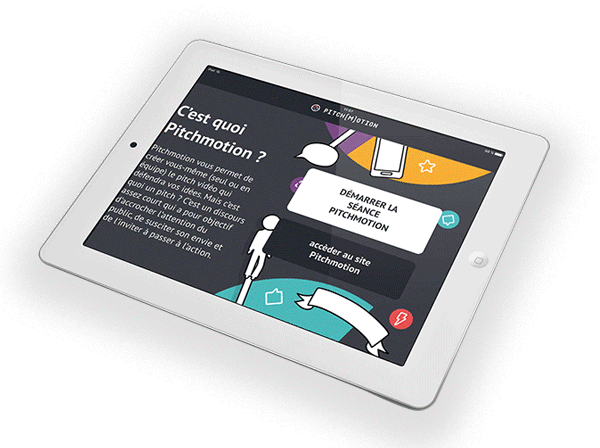Turn an idea into a pitch impactful requires a strategic and creative approach. A elevator pitch effective captures attention from the first seconds, thanks to catchphrase captivating. It must be clear, concise and emphasize the original elements that make your proposal unique. By structuring your message as a history, you seduce your audience while presenting the advantages and progress of your project. Finally, a call to action Well placed encourages engagement and interaction, transforming the curious into the truly interested.
Table des matières
ToggleTransform your idea into a powerful pitch
Make a pitch Effective is an art that requires both creativity and method. To do it well, start by identifying the key elements of your idea. Clarify what makes it unique: what sets it apart from other solutions on the market? This originality must be highlighted from the start of your presentation.
One of the first steps to creating a pitch Persuasive is about crafting a catchphrase that immediately captures your audience’s attention. This could be an intriguing question or surprising statement related to your industry. Your goal is to generate curiosity of the audience so that they want to know more about your project.
Then present your idea clearly and concisely. A good pitch should be understood quickly, ideally in less than two minutes. Use simple terms and avoid technical jargon unless you are sure your audience is familiar with it. Simplicity in your speech will ensure that your message is accessible to everyone.
Start with a relevant observation or a personal anecdote that illustrates the problem your idea seeks to solve. This will make your presentation more human and relatable. By establishing an emotional connection, you will strengthen the impact of your pitch.
When presenting, remember to use your gesture. Stand out with dynamic nonverbal communication that supports your words. Use natural hand movements that highlight your strengths. Good gestures convey an impression of confidence and maintain the interest of your audience.
It’s also crucial to prioritize the information you present. Focus on the most relevant points, those that will strengthen the audience’s understanding of your project. Your main arguments should follow a common thread logical, gradually directing the listening towards the conclusion.
Once you have described your solution, discuss the profits that it provides compared to existing alternatives. What improvements does it offer to those who adopt it? Be specific and reformulate the gains in concrete terms, whether in terms of time, money or efficiency.
An often overlooked element is the call to action. At the end of your pitch, invite your audience to take action. This could be in the form of an invitation to ask questions, schedule a meeting, or even test your product. A good call to action helps link the discussion to future mutual engagement.
To perfect your pitch, practice it often. Rehearse in front of friends, colleagues or even while recording yourself. Solicit feedback to improve your performance. The more you practice, the more comfortable you will feel. Mastering your speech is essential to convince your audience.
Finally, remember that every pitch is an opportunity to learn. Gauge your audience’s reaction and adjust your future presentations accordingly. Each piece of feedback can help you become a more effective speaker.

FAQ: How to turn your idea into a powerful pitch?
Q: What is a pitch? A pitch is a concise and persuasive presentation of your idea, product or project, aimed at arousing the interest of your audience.
Q: How important is a good pitch? A good pitch captivates your audience, generates engagement and opens doors for potential opportunities.
Q: How do I start a pitch? Start with a catchphrase which will arouse the curiosity of your audience and encourage them to listen to the rest of your presentation.
Q: What elements should be included in an effective pitch? An effective pitch should include a clear presentation of your idea, the benefits it brings, as well as a call to action.
Q: What is the recommended structure for a pitch? The structure can be based on three steps: introducing the idea, explaining why it is unique, and ending with a dynamic conclusion with a call to action.
Q: How can I make my pitch more compelling? Use concrete examples, include a personal touch and be sure to vary your tone of voice and gestures to keep your audience’s attention.
Q: What is the ideal length for a pitch? The length of a pitch should be concise, typically between one and two minutes, to maximize impact without losing the audience’s attention.
Q: How can I practice my pitch? Practice regularly in front of a mirror or with friends, receiving feedback and adapting your speech to make it more fluent and engaging.
Q: What if I don’t get attention from the start? If you notice that attention is waning, don’t hesitate to adjust your approach, adding a catchy anecdote or statistic to reignite interest.
Q: How do I know if my pitch is impactful? Evaluate your audience’s reactions, ask for feedback and know how to adapt your speech based on feedback to make it even more effective.

























